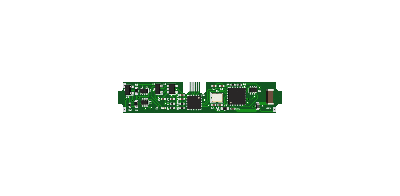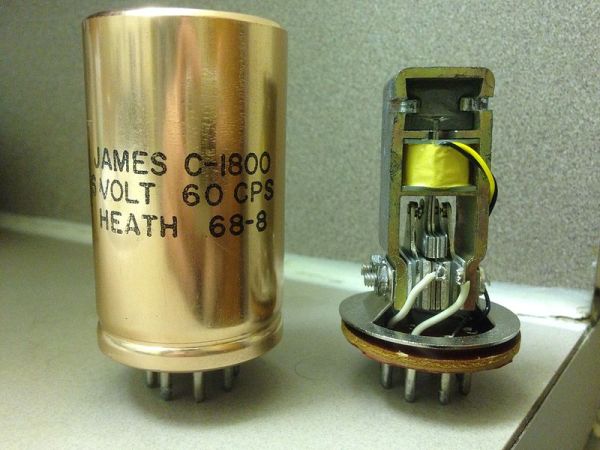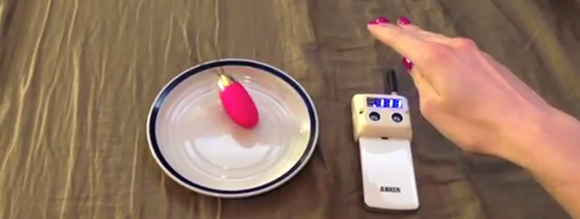Here’s one for the ladies (and men, we guess) out there.
[Beth] recently bought a LELO Lyla vibrator for herself, but found operating this wireless vibrator to be an exercise in mood-killing awkwardness. Wanting a more natural interface, she decided to reverse engineer a remote control vibrator. Here’s a cache; [Beth]’s blog has been up and down all day.
The LELO Lyla comes with a wireless control in the form of a neon pink remote. [Beth] thought this remote was a little clunky and felt like programming a VCR – something she doesn’t like in a sex toy. With the goal of improving this remote and allowing for a better user experience, [Beth] tore down this remote and began to build her own.
The new vibrator remote would have to be touchless – there’s nothing that kills the mood faster than mashing buttons. By using ultrasonic sensors, [Beth] would be able to control the intensity of her vibrator by simply waving her hand; a much more natural interface. With the control interface out of the way, the only thing left to do was to figure out how to control the business end of the vibrator.
The remote for a stock LELO Lyla comes with a MSP430 microcontroller and a 2.4 GHz CC2500 radio controlled over an SPI interface. Instead of disassembling the microcontroller and figuring out the firmware from scratch, [Beth] decided to sniff the SPI bus and make her own controller.
After attaching some 0.1″ headers to the stock remote and soldering a few wires to the microcontroller, [Beth] captured the SPI data with a Propeller dev board. By streaming the SPI traffic to a terminal, she was able to figure out exactly how the remote works and set out on building her own.
The new remote was built out of an Arduino Pro Mini, ultrasonic sensor, CC2500 radio and a four digit 7-segment display. After printing an enclosure, [Beth] had a very easy to use, hands free vibrator.
In the video after the break you can see [Beth]’s vibrator in action. She’s still looking for a few more ways to improve it such as predicting the movements of her hand with a phase-locked loop, but for now we’ll just tip our hat to [Beth] for a very awesome hack.
Continue reading “Making A Touchless Vibrator With Reverse Engineering” →

















